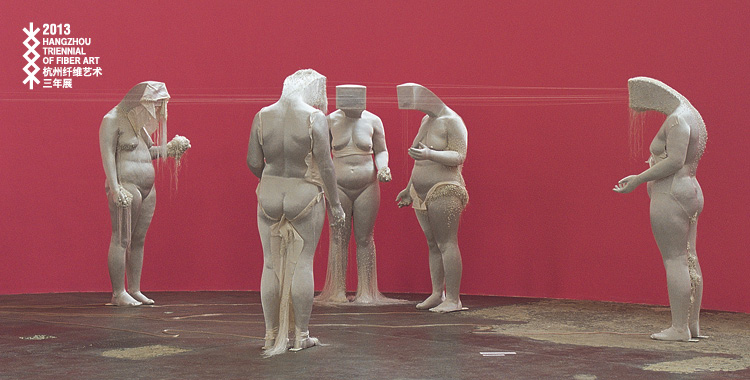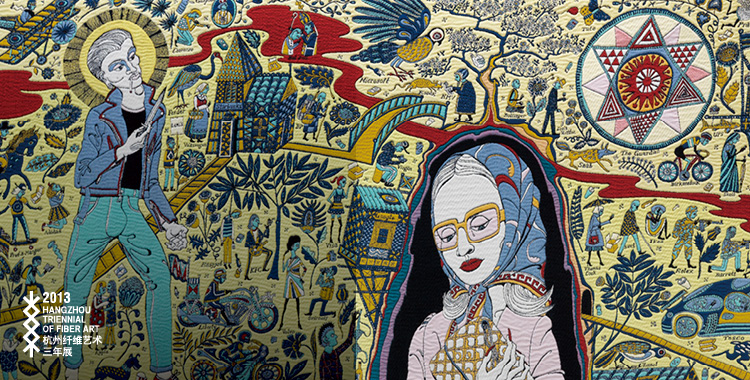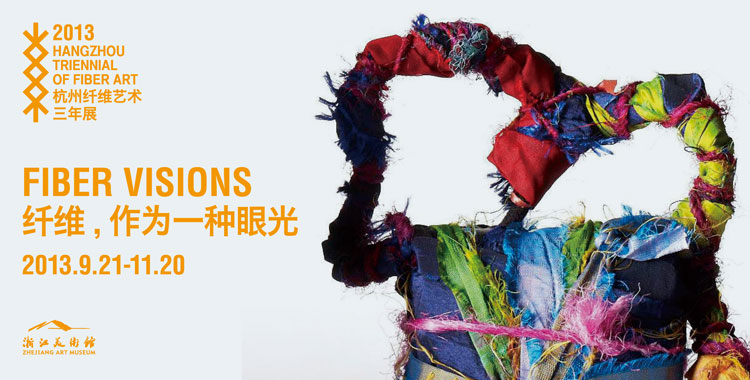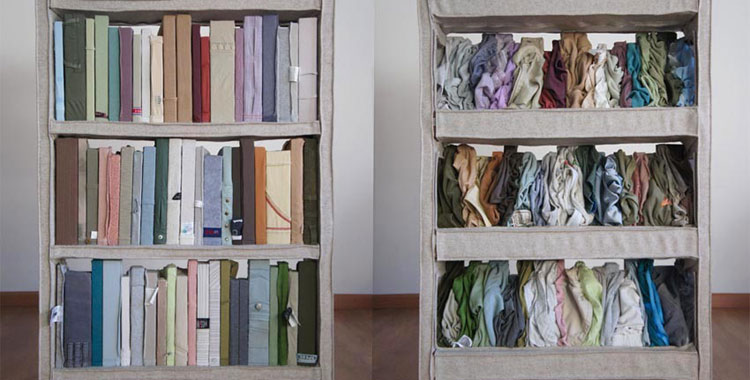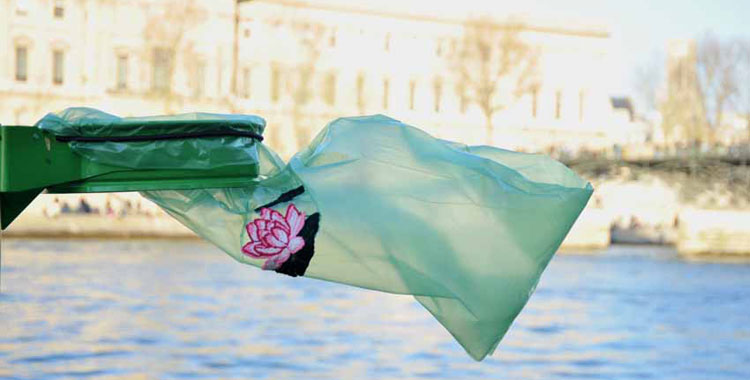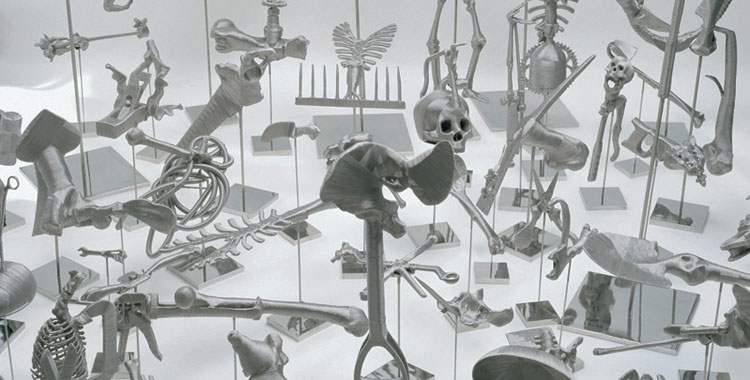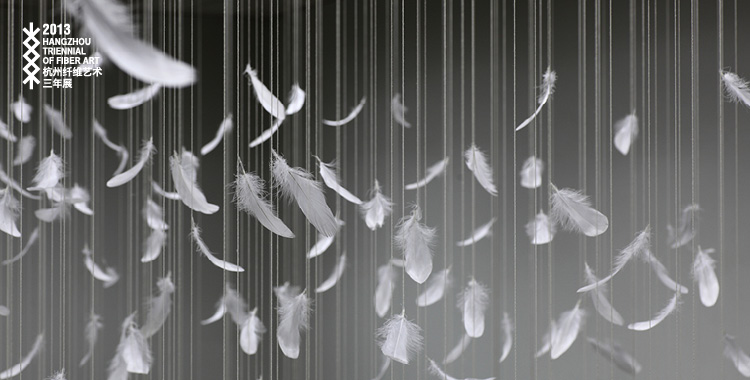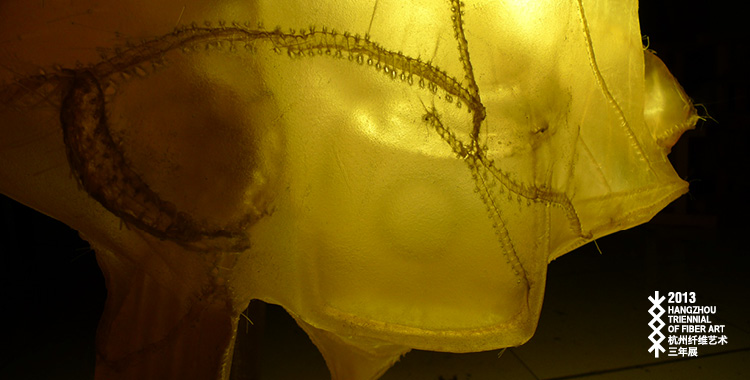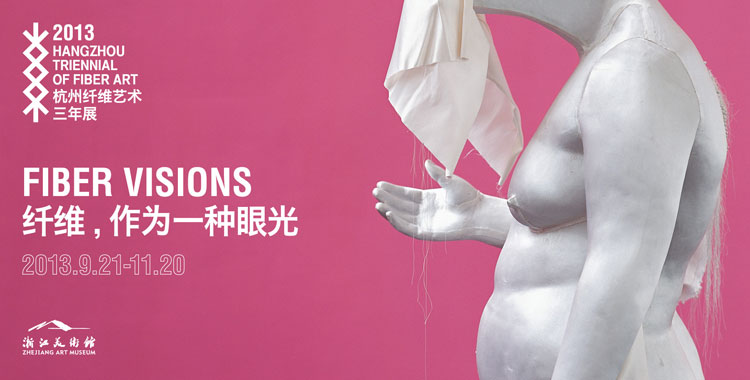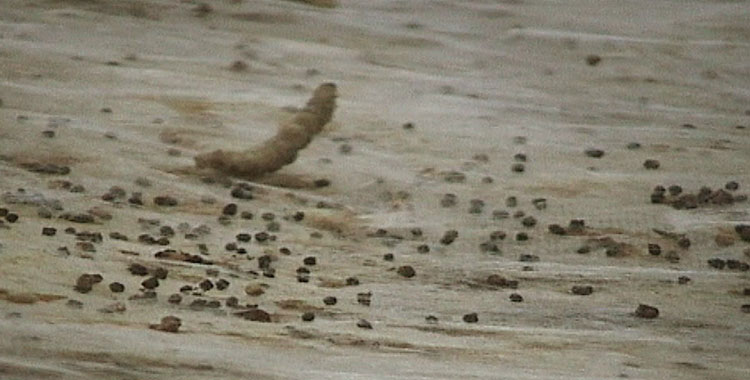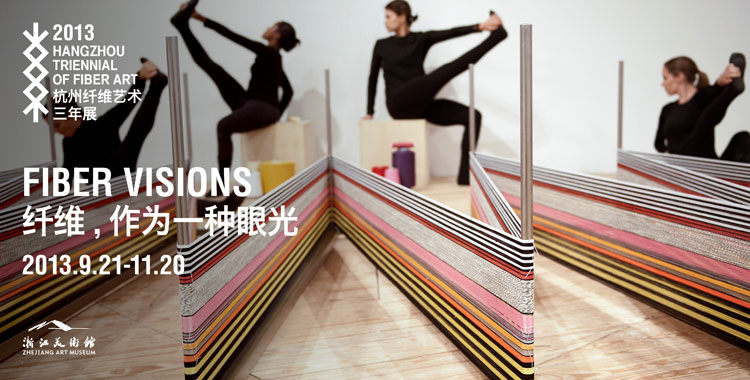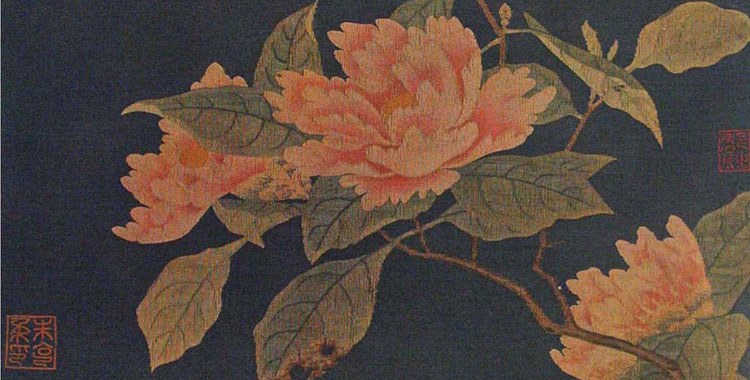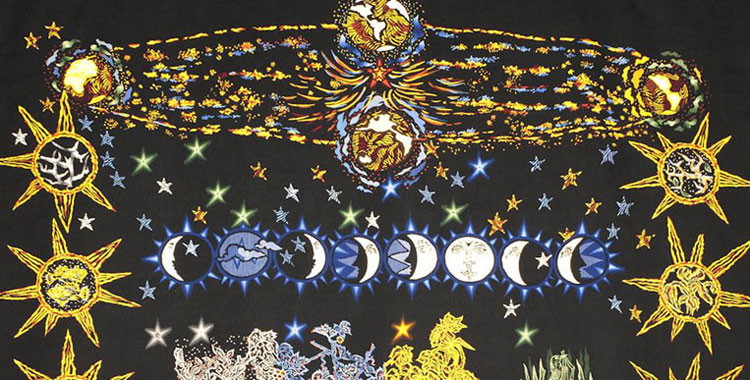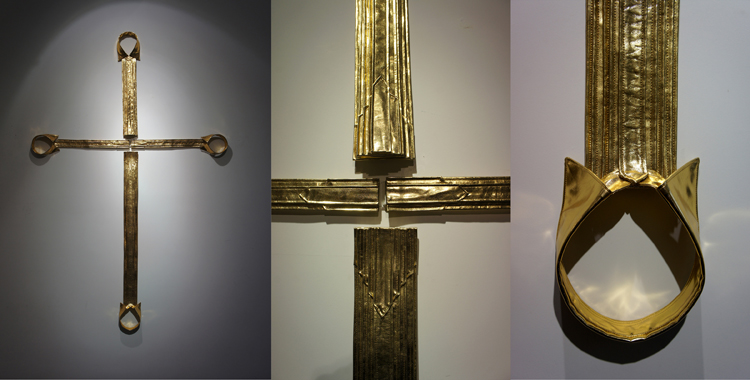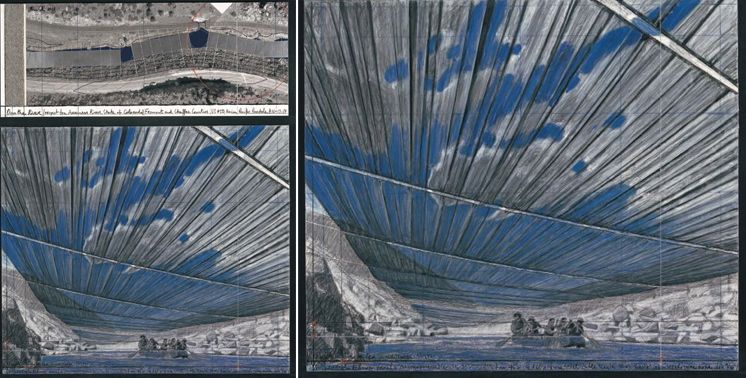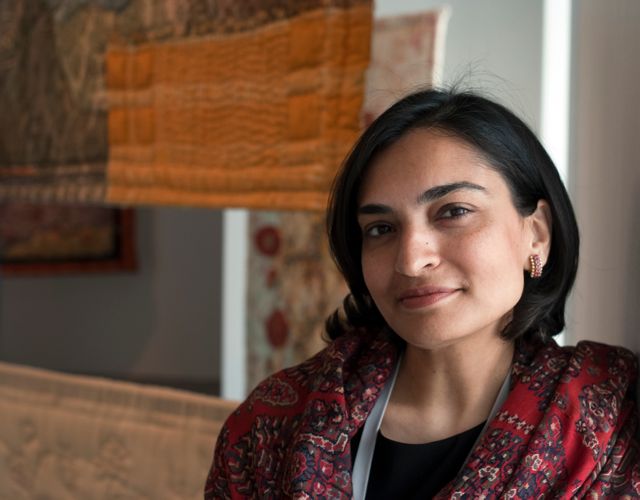Risham Syed
1989, BA Kinnaird College, Lahore; 1993, BFA Honours (Painting), National College of Arts, Lahore, Pakistan; 1996, MA Royal College of Art, London, UK. Risham is currently teaching as Assistant Professor at the School of Visual Art and Design, Beaconhouse National University, Lahore, Pakistan.
1989-3 Merit Scholarship, National College of Arts, Lahore, Pakistan 1994-96 Charles Wallace Trust Scholarship, UK 1995 Cité International des Arts, Paris, France 1996 Stephenson Harwood Award, Degree Show, RCA, London, UK 2008 2008, Canvas Gallery, Karachi, Pakistan 2009 Emperor's New Clothes: Dress, Politics and Identity in Pakistani Art, Talwar Gallery, New York, USA 2010 Lahore 2010, Rohtas Gallery, Lahore, Pakistan And the Rest is History, Talwar Gallery, NY, USA 2010-11 The Rising Tide, Mohatta Palace, Karachi. Pakistan 2012 ABRAAJ Capital Art Prize 2012 Art Dubai, ABRAAJ Capital Art Prize, Dubai, UAE Mein, Koel Gallery, Karachi, Pakistan 2013 Shortlisted for Sovereign Asian Art Prize 2013 2013 Metropolyptical: A Tale of a City’, Project 88, Mumbai, India
Statement of Seven Seas:
In The Seven Seas Risham Syed connects the intricacies of contemporary geo-politics with the 19th and early 20th Century cotton trade of the British Empire. With fabric sourced from travels to Turkey, Bangladesh, UAE, Sri Lanka, UK, India and within her native Pakistan, Syed weaves the history of the location-specific craft of textile production with tales of political resistance. All her quilts depict 19th and 20th Century maps of various port cities that were strategically located on colonial European trade routes, such as Izmir in Turkey, Colombo in Sri Lanka, Mumbai in India, and Ras al-Khaimah in the UAE. Apart from being trade gateways, these cities were also sites of resistance and rebellion against the imperial powers. Each quilt is made by combining a variety of techniques, whilst the stitching and layering of fabric echoes the layering of historical and post-colonial narratives. The base material of all the quilts is cotton from Lahore, covered in popular - mostly European – prints, which allude to 19th century Victorian prints. Syed’s tangible, historical cartography on fabric is a means to investigate the void left by the colonial past. This lacuna is reflected in the white textiles that make up the back of the quilts: made of a variety of materials such as local Pakistani toweling, hand-woven Sri Lankan cotton, and U.K.-bought cotton that was “Made in India”. The quilts are accompanied by postcard-size paintings portraying images of global conflict and resistance culled from media sources. They act as footnotes to the quilts, reminding the audience that within a globalised world the past is always threaded within the present.


